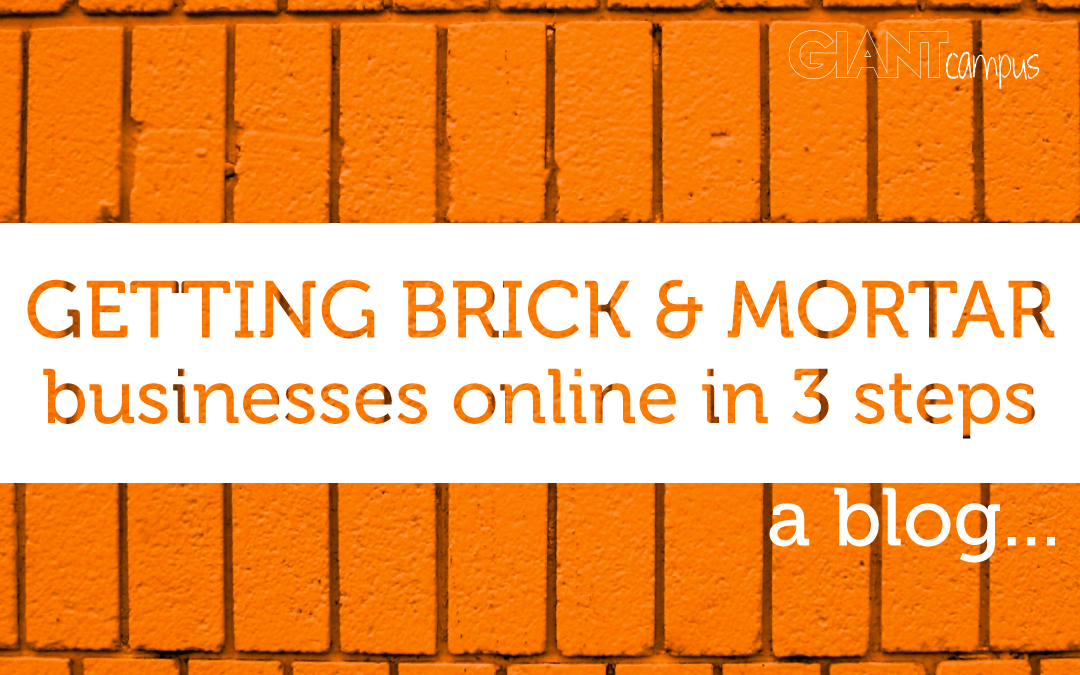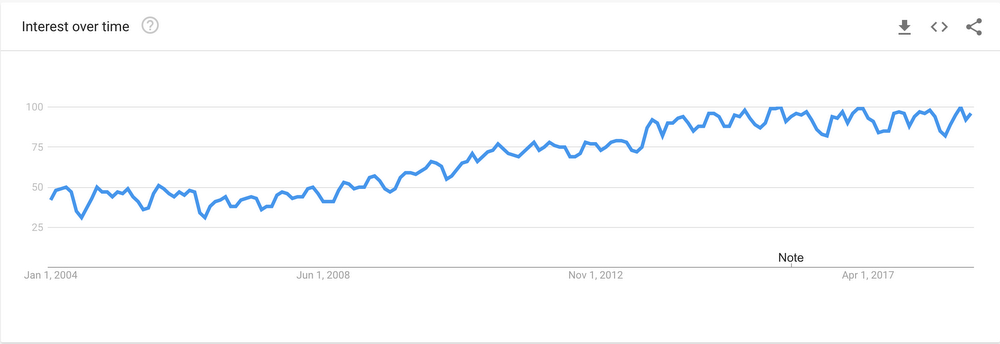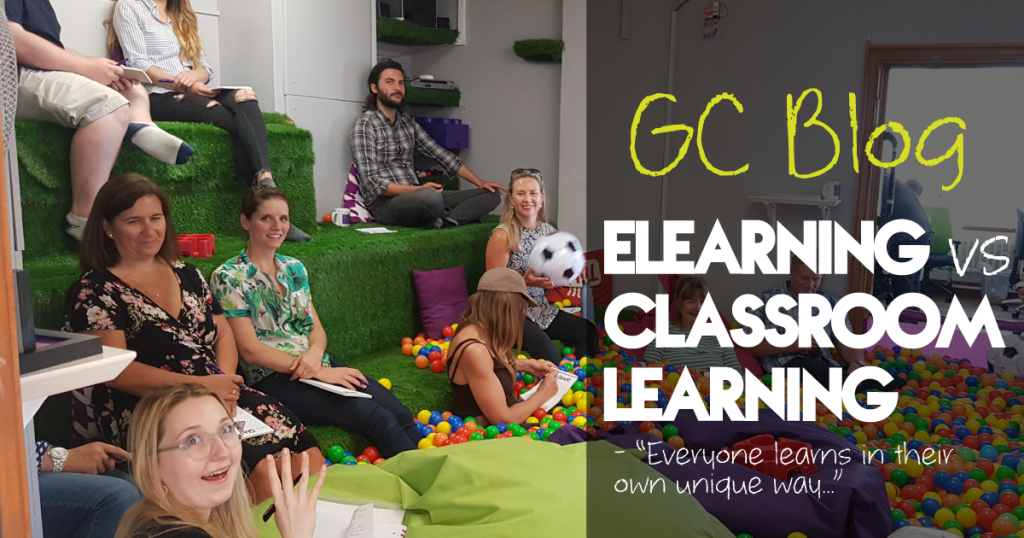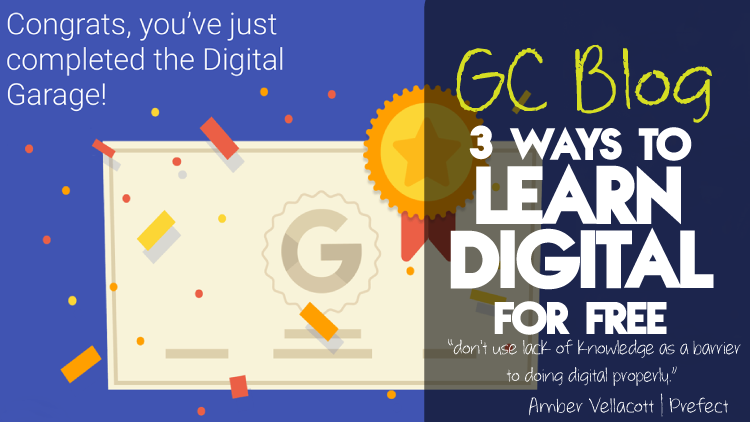3 things brick & mortar businesses can do right now to get online From Google My Business and local search, through to social media and website build... [wpseo_breadcrumbs]It's hard to know where to start as a physical business getting online, making digital and...

Best Tools For Keyword Research
The Best Tools For Keyword Research
the best keyword research tools for the best keyword opportunities
Just as a picture is worth a thousand words, a keyword is worth a thousand opportunities.
When it comes to digital marketing, keyword research is at the core of almost anything you do. From SEO to PPC or creating content, if you’re not using the right keywords, you’re not hitting up the right people at the right time – which means you’re not getting the results you could be. No results = no money, and no one wants that!
Some people think that keyword research is a mammoth task, but it doesn’t have to be. That’s why we’re going to share some of our favourite tips and tools to help you make keyword research as pain-free as possible. Aren’t we nice?
Wait, why do I need to do it?
Ok, good point. To start our whistle-stop tour of keyword research town, we should probably start with why it’s important. According to Moz, “keyword research is a core SEO task that involves identifying popular words and phrases people enter into search engines” – with the goal of figuring out what to try and rank for.
If you understand the words people are searching for, and the language they use to complete these searches, then you can start to work out how hard it would be to compete for those terms – as well as potentially giving you ideas for new content you should create, based on the needs of your audience.
The tools of the trade
When it comes to keyword research tools, there are tons of ways you can go about it. Google’s Keyword Planner is one of the big ones, as a free Google Ads tool that you can use to search for keywords and see how they might perform. You do need a Google Ads account to access the Keyword Planner tool, but once you’re in you can find it under the ‘Planning’ tab in the top right-hand corner.
If you use Google Search Console, then this can also give you a good place to start in terms of what keywords your site is actually appearing for. While you might not be getting clicks from some of them yet, it can give you valuable insight into terms that you may want to target in the future.
Jamie, one of Sleeping Giant Media’s Search Account Managers, also recommends the Keywords Everywhere extension for those looking for quick wins. “It’s really useful when you need a quick result. For example, if you have the Chrome extension enabled, a simple Google search will bring back related keywords and their average monthly search volumes,” he explains.
Another firm favourite tool for tons of different things here at GIANT Campus is Answer The Public, and there’s no reason you can’t use it for your keyword research, too. Particularly useful when trying to come up with content ideas, it lets you look at questions, prepositions and semantically-related keywords, helping to broaden the scope of what you’re looking at.
Another tool recommended by one of the GIANTS, Jack, is Ubersuggest. Purchased by Neil Patel a few years ago, the new Ubersuggest app provides insights such as the ‘Chance to Rank’ for a specific term, SEO/Paid Difficulty and also a handy SERP analysis tool, which shows which websites are currently ranking for that term.
Get cracking
Keep in mind that this is just a small selection of the tons of tools out there that can help you do your own keyword research – including, of course, a range that you have to pay for. From SEMrush and Keywordtool.io to Google Trends and KWFinder, there are a wealth of handy little tools out there to help you ensure that you’re targeting the right words and phrases with your digital activity – whether you’re looking for help coming up with blog topics, or want to ensure that your ads are working for you.
Just starting out on your journey, and not sure where to begin? Well, we delved down into the vintage video vaults at GIANT Towers and uncovered a short video on how to do keyword research, which is a great place to start!

Amber Vellacott
Content Marketing Lead






















Recent Comments